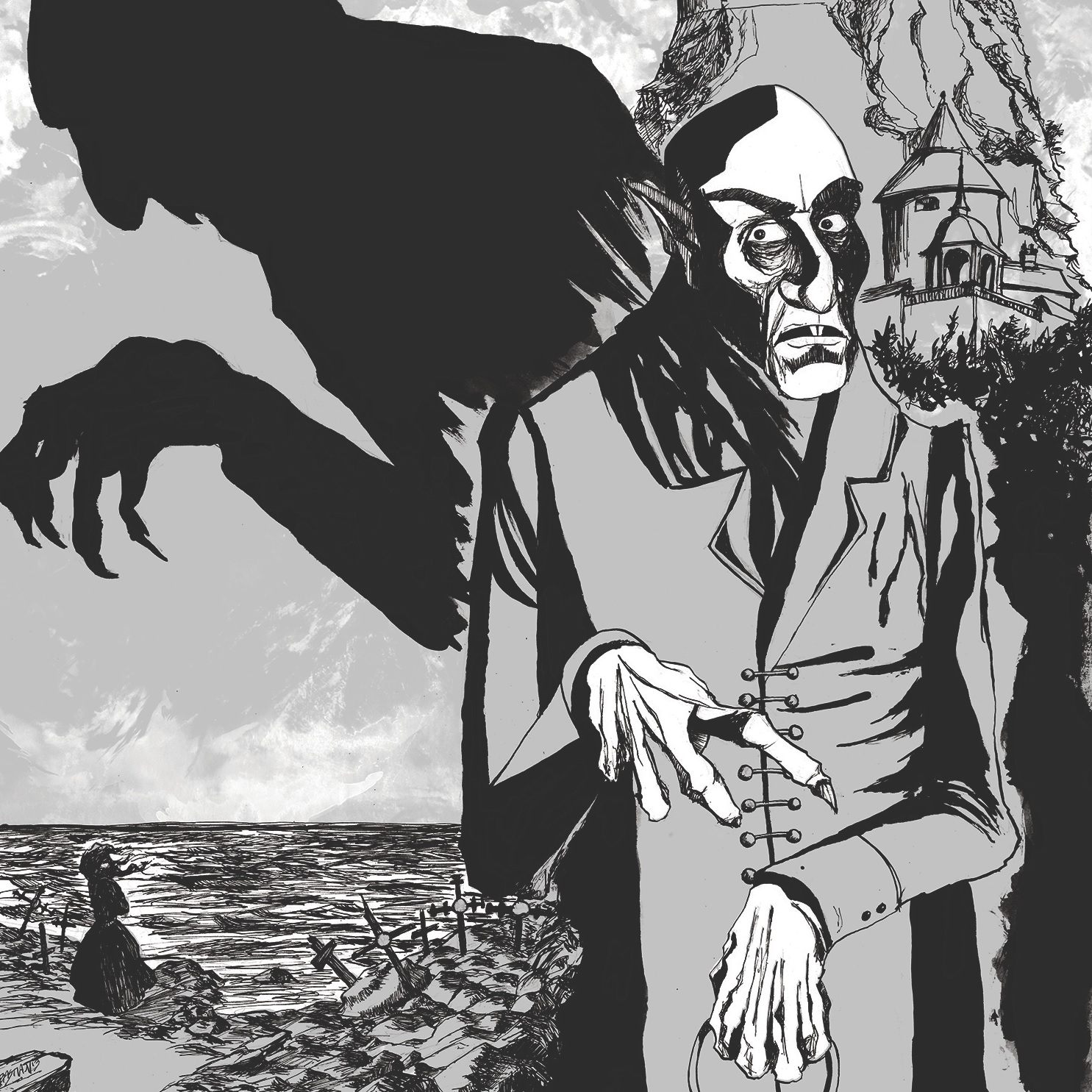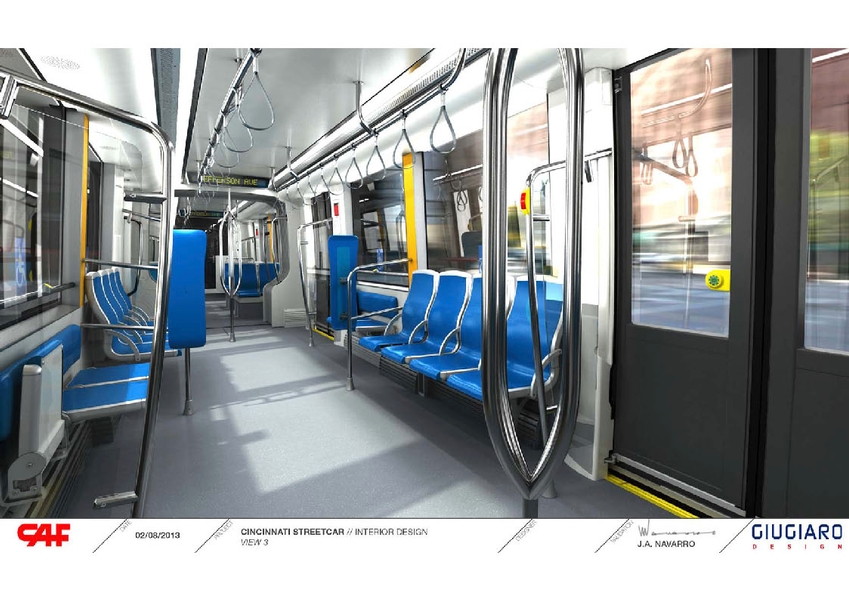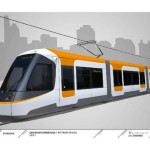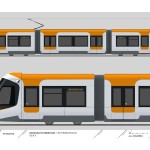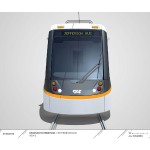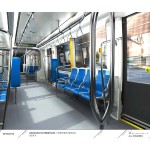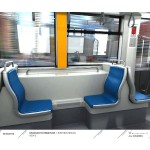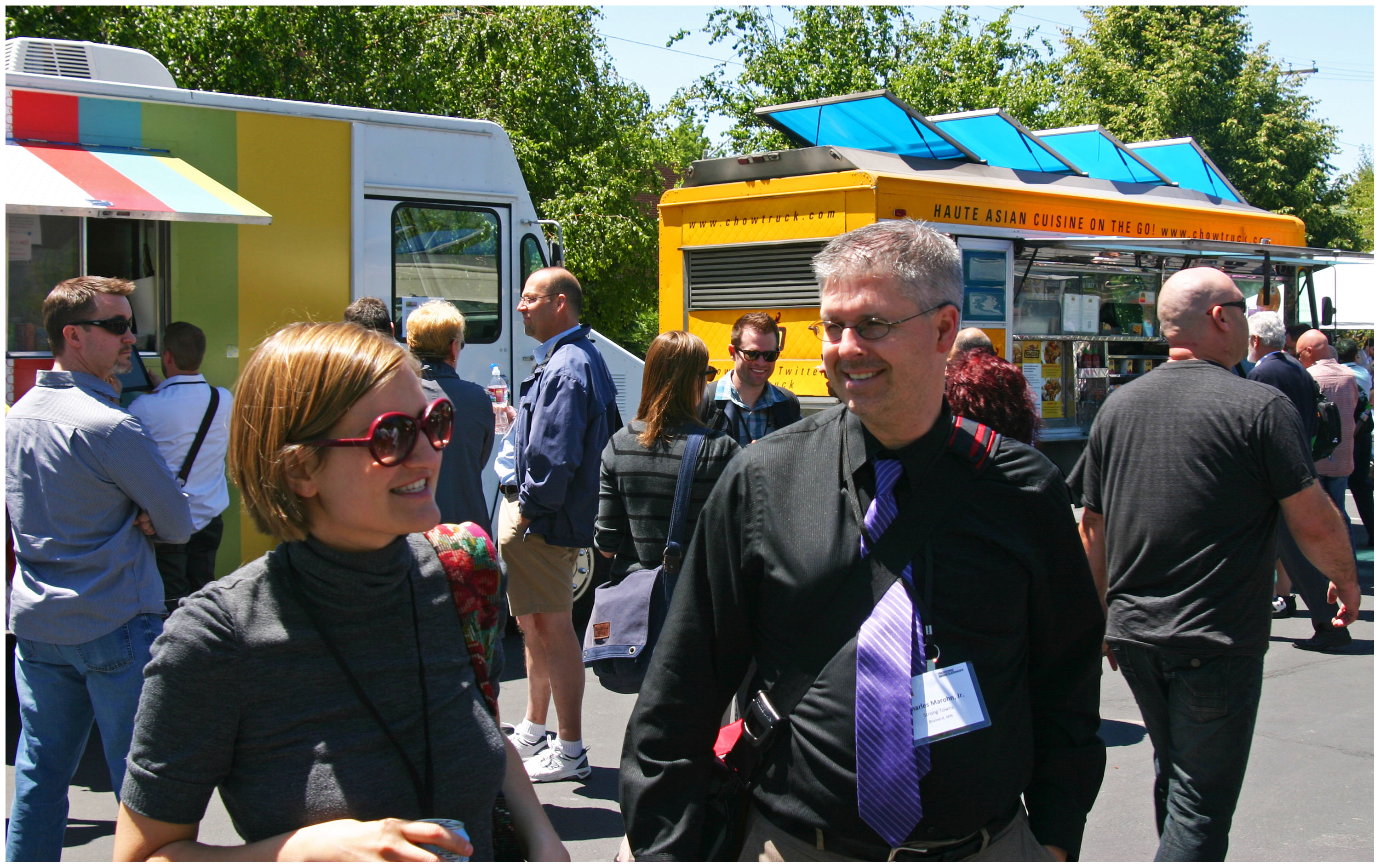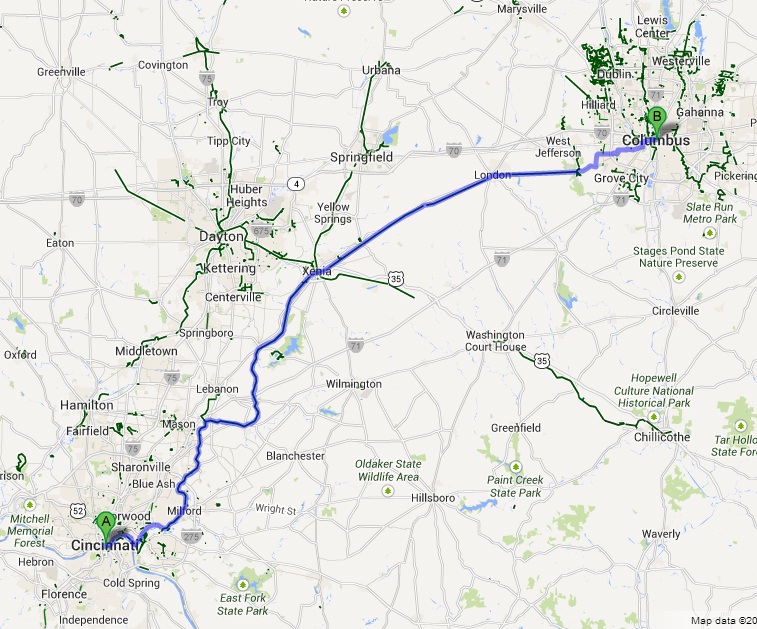 Tonight, the Cincinnati Art Museum’s (CAM) free Art After Dark series will collaborate with orchestral folk rock group The Ridges to bring a classic horror film to life.
Tonight, the Cincinnati Art Museum’s (CAM) free Art After Dark series will collaborate with orchestral folk rock group The Ridges to bring a classic horror film to life.
As part of October’s “Immortal Spirits” theme, The Ridges will perform an original string-based score to an abridged version of the 1922 silent film Nosferatu: A Symphony of Horror inside the Museum’s Great Hall.
Art After Dark is one of the CAM’s many recurring events aimed at young professionals. The museum is open until 9pm, past its usual closing time of 5pm, so it is an opportunity to explore one of the country’s oldest art museums after hours, check out some world-class art, enjoy a drink, and this Friday, watch a vampire flick accompanied by a folk rock band in the Great Hall.
Based out of Athens, Ohio, The Ridges is led by Victor Rasgaitis (guitar, vocals) and Talor Smith (cello, vocals) but feature any number of musicians from a rotating collective of players on cello, violin, banjo, horns, percussion, mandolin and accordion. CAM’s screening of Nosferatu will be scored for guitar, cello, violin, upright bass, and banjo.
The Ridges are known for presenting each show as a unique and different experience, and their performance of Nosferatu is no exception. “It’s our own reimagining of the film,” said Ridges frontman Victor Rasgaitis.
While the band composed some new, original music for the film, they also reworked parts from some of their existing songs. For example, the film plays heavily on the use of Nosferatu’s shadow, so it only made sense to Rasgaitis to use their song “Shadows” as Nosferatu’s theme.
“Whenever he’s on screen, we’re doing variations of the chord progression of our song,” Rasgaitis explained.
The band is a perfect fit to revisit the adaptation of Bram Stoker’s Dracula; The Ridges took their name from the allegedly haunted asylum in their hometown, and even recorded their 2011 EP inside the Victorian-era asylum in the dead of winter. (If you listen closely, it’s rumored you can hear mysterious, unexplained noises and whispers in the background of some of the songs).
The Ridges’ romantic Old World sound has been compared to Beirut, Arcade Fire, and Fleet Foxes, while Daytrotter described their music as “hidden with turn of the century and Dust Bowl-era themes.”
The free event will also feature guided ghost tours ending at the newest exhibit, Realm of the Immortals: Daoist Art in the Cincinnati Art Museum, as well as a cash bar (featuring Great Lakes’ Nosferatu Ale, of course) and appetizers for purchase. Parking is free for Art Museum members; $4 for non-members. The CAM is also served by multiple Metro bus routes.
“Art After Dark: Immortal Souls” will take place from 5pm to 9pm. The Ridges Present: Nosferatu, Symphony of Horror will go from 6pm to 8pm. Ghost tours, meanwhile, are scheduled to take place at 6:30pm and 7:30pm.
